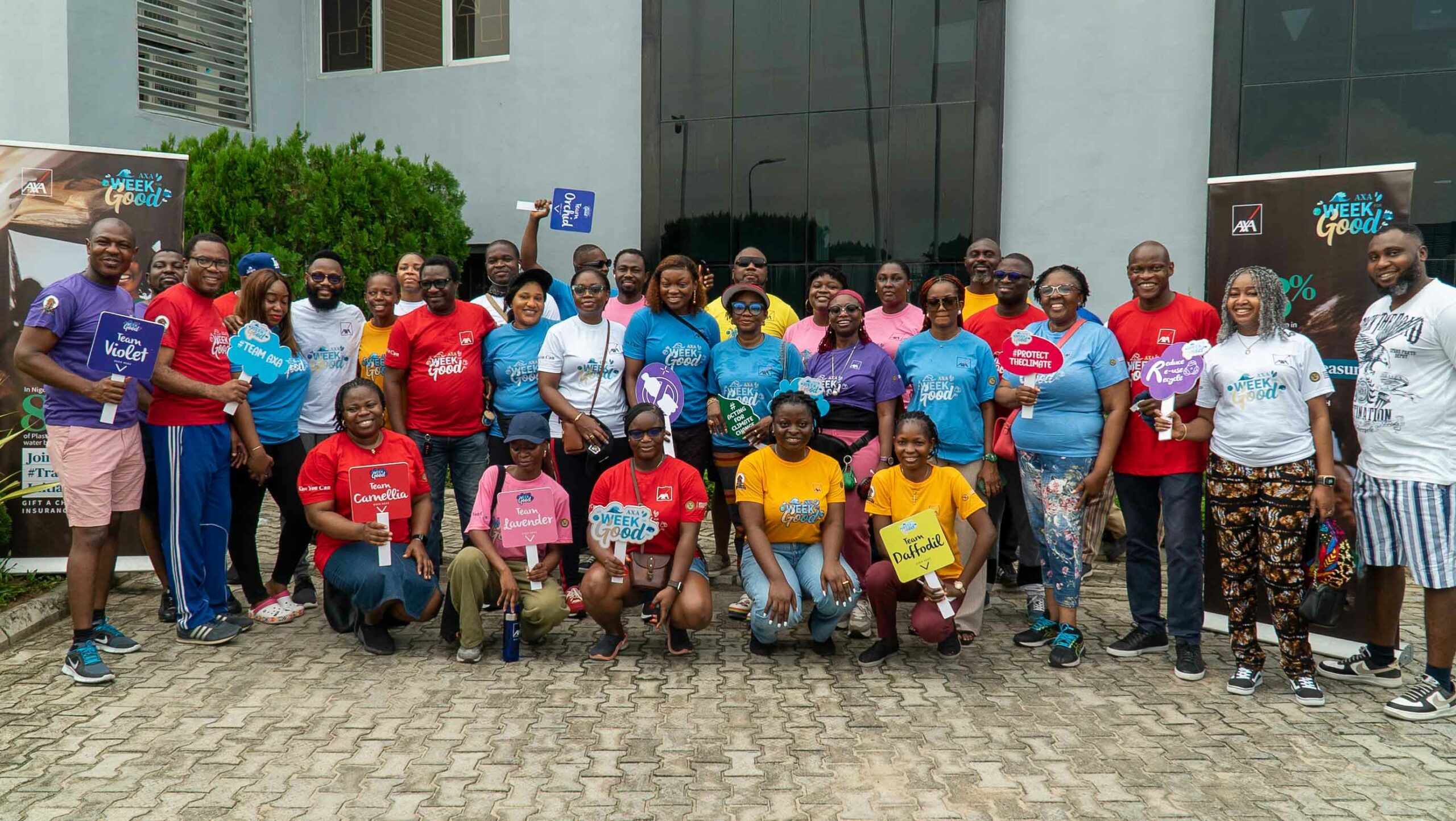From technology to dressing to communication, trends are being driven by the millennial generation, and as such, companies are trying to be flexible and incorporate trends to accommodate the millennial generation as employees and customers.
Millennials want to look good, feel good, and be comfortable at work. They want to come to work and not look as formal as the older generation used to. One of the richest people in the world, Mark Zuckerberg has a signature look of grey t-shirts and jeans, and so to the millennial, dressing down does not mar success.
If the software engineer that developed your banking app wore jeans to work, would you find it inappropriate? Probably not, because you would not be interacting with him/her and would not be concerned about what he/she wears. But should the same rule apply to a teller in a bank or any other customer facing staff? Companies are beginning to relax dress codes especially in the tech industry where face-to-face interactions are not necessary but this raises the question if other sectors can or should conveniently follow suit.
Does dressing affect performance?
The millennial wants an environment that fosters creativity and comfort. Work flexibility that allows for individual personal style encourages comfort and boosts morale. This will lead to approaching work with more confidence and thus, higher productivity. To facilitate this, casual Fridays, where employees can wear traditional and business casual outfits is being adopted by companies; some even allow employees wear business casual every day.
If the cashier at your bank wore an amber coloured afro with a mini dress and gladiator sandals, would you find it inappropriate? Probably. Not because this person isn’t intelligent or capable of doing her work but it would seem out of place and distracting for that kind of work, and consequently that perception would prove her inefficient for the work.
While casual outfits have the advantage of comfort, you don’t want to lose customers because they think your work place is unprofessional, hence standards are higher for employees in client facing roles.
How does dressing shape the workforce?
The job title, industry, culture and geography are determining factors in work place dressing. Wearing a casual t-shirt to work might sound great initially if you work in Middle East because of the occasional heat waves but there’s also the religious/cultural aspect of the society to consider. This might be a good reason why the Arabs often wear full length robes made out of soft cotton fabric, which not only protects them from the heat but also meets their cultural standards.
With different generations, there is a shift in fashion trends attributed to a change in society’s perspective. There’s a growing number of millennials coming into the work force and they come in with a sense of style different from that of the older generation. Natural hair used to be thought of as untidy but now, it is considered trendy. Pencil trousers have replaced baggy, pumps have replaced platform flip flops, long sleeved trim fit suit jacket have replaced bulkier ones worn by older generations, corporate wears are no longer as boring as before and have incorporated stylish designs.
A work place where creativity, innovation and efficiency thrives is ultimately the goal of the employer. A dress code that enables this is what HR should want to implement. Some would argue that what worked decades ago shouldn’t necessarily work now – especially with the millennial generation so it makes sense that changes that provide an enabling environment are being made. However, because many of us still do not expect to walk into a bank to see employees donning the latest risqué fashion trends off the runway, it is then important for every organization to look inwards and develop a dress code policy customized to their business, industry location and employees.


